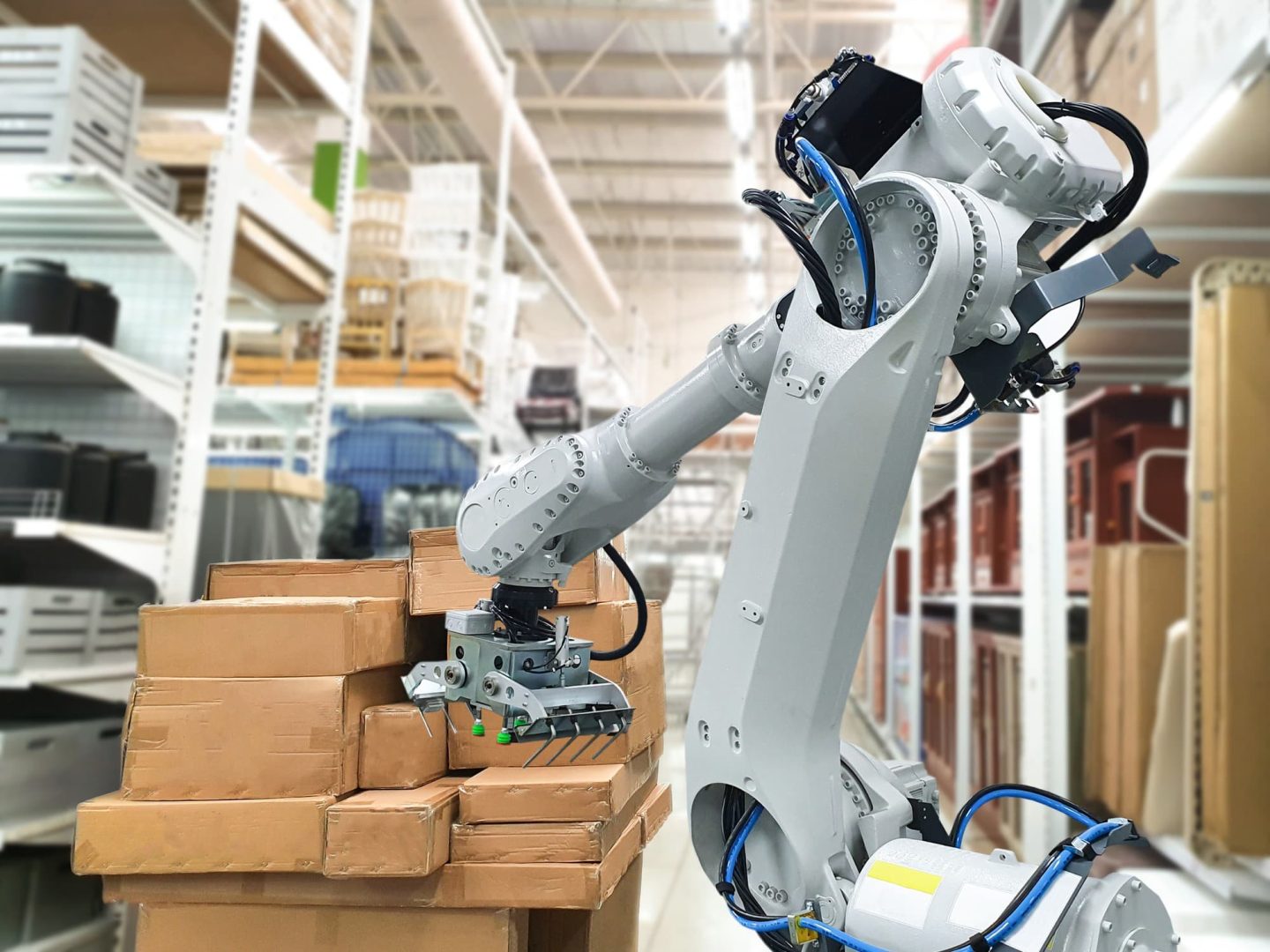$10MM Kitting Line Automation Project for a Fortune 100 Company

How did we get here?
Client approached Live Solutions to develop a fully automated solution to kit their flagship products. They had reached their limit of hearing “no” when asked if their idea was possible. Enter Live Solutions.
Challenges
In modern manufacturing, it’s hard to pinpoint where exactly something goes wrong. The symptom might rear its head as a defect in a product or rapid spending that fails to elevate chaos.
But without the right data, insights, and approach: it’s too easy for small problems to snowball into larger ones. And to prevent this, we’re here to bring you solutions with speed and precision.

Project goal
- Phase 1 – Identify the scope and current state by analyzing the process and the process data in real time. Look back at historical data to propose and then validate system functionality.
- Phase 2 – Assemble information, collect supporting data, drawings, and specifications, identify key equipment vendors, and present an RFP to the customer. Lead the RFP bidding phase alongside client’s team, assemble a proposed project budget, author capital project documentation, submit project for approval, acquire approval, and begin the project engineering phase.
- Phase 3 – Design, develop, and implement a robotic packaging cell while identifying areas to improve the current state within the proposed design. Depalletizing, global system visual identification, check weighing, print-and-apply rotary labeling, sortation, kitting, case labeling and palletization will all be implemented and evaluated for efficacy after installation.
Benefits
Improved Order Processing
Reduction in order mistakes, improved order turnaround time, reduction in shipping expenses, and more accurate execution of the operational plan.
Upskilled Labor
Employee training program to elevated the current workforce in the operations and maintenance departments, creating enhanced skill and opportunity.
Eliminated Stagnant Inventory
Eliminated over 100 pallet positions of stagnant inventory, optimized storage footprint, and continue to optimize the manufacturing plan.
What's the impact?
Substantial productivity was identified during the first phase – and served as the primary justification for the project. In this phase, we identified labor savings in addition to the total cost of customer quality to the top line of the client’s business.
